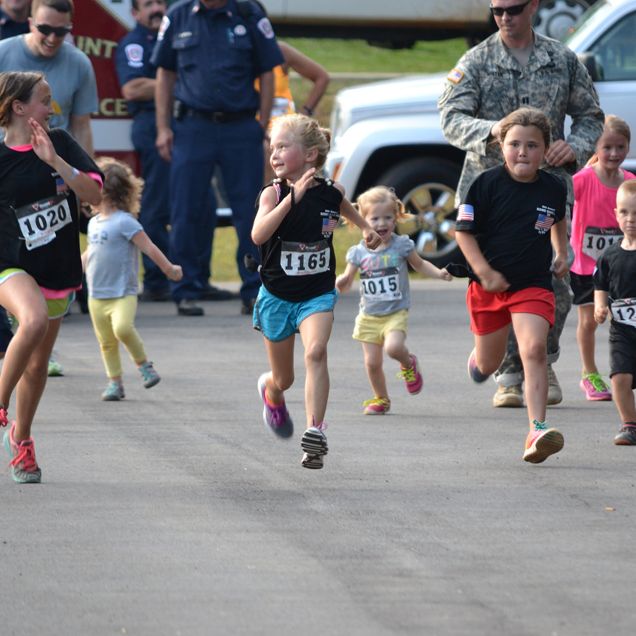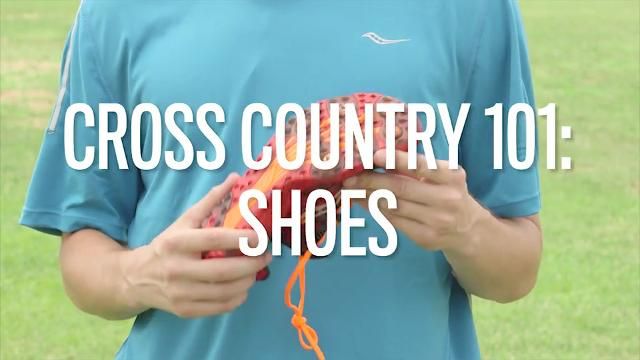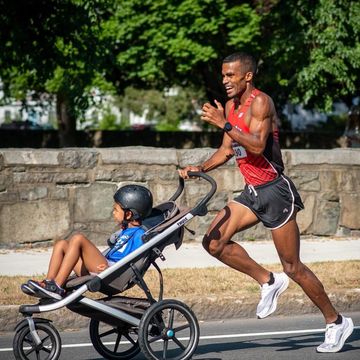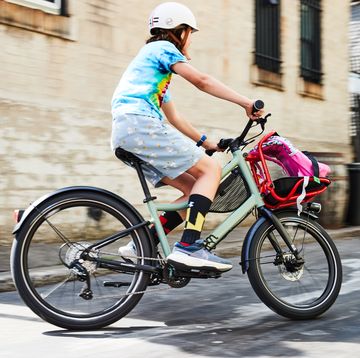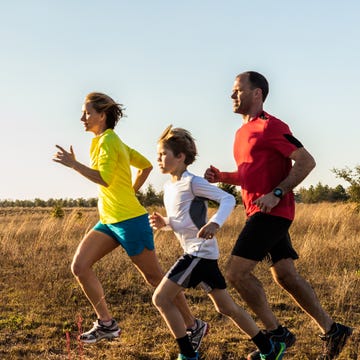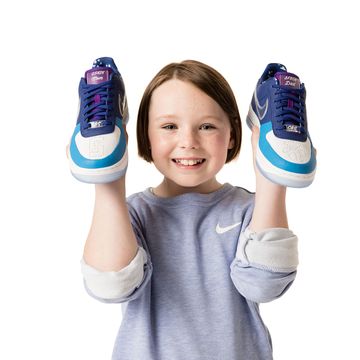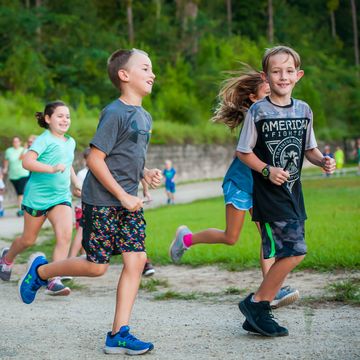Back in the 1960s, when a Swedish psychologist named Gunnar Borg pioneered a subjective scale of “perceived exertion,” he chose to have his scale run from a minimum of 6 to a maximum of 20—numbers that he figured would correspond roughly with your heart rate divided by 10. If you said your effort was 12 on the Borg Scale, that meant your heart rate was probably around 120.
The assumption here is that your subjective sense of effort tracks pretty closely with objective markers of physiological strain, like heart rate. But that’s not always the case in the real world, as an interesting new study of children’s exercise behavior illustrates.
The study, by Mallory Kobak of the University of Akron along with colleagues at Kent State and Hiram College, explores the role of playing with a friend or parent on the relationship between perceived effort and heart rate in children. Preliminary results were presented at the American College of Sports Medicine conference earlier this month.
RELATED: Fit Kids are Better Learners
The researchers asked 20 children with an average age of 8 to play for 30 minutes in an outdoor playground that had the usual slides and tubes as well as a craft table set up for sedentary activity. The children played three times: once alone, once with a friend, and once with a parent. Their average heart rate was measured, and their self-reported sense of effort was recorded.
In theory, you’d expect that the play sessions where the children produced the highest average heart rates would also be the ones where they reported the greatest sense of effort. In general terms, that was true—but it was truest when they were playing alone. When they played with a friend, the correlation between heart rate and effort was 10 percent weaker; when they played with a parent, it was 62 percent weaker.
RW SHOP: Lose the pounds, feel great, and run your fastest with Run to Lose from Runner’s World.
The implication is that when distracted by playing with a friend or (particularly) a parent, the kids become less aware of their own effort. The link between heart rate and effort is decoupled—and that’s presumably a good thing, because the kids will then, in theory, choose to be more active.
Is that how things play out in real life? As it happens, some of the same researchers have reported exactly that. In a similar 2014 study, children were 54 percent more active (as measured by accelerometer counts) when playing with a friend than when playing alone. Effort isn’t the only factor: It may be more fun to play with someone else in addition to be less effortful, as a 2016 study by the same group suggested. But the new results suggest perception of effort may play a role.
It’s tempting to generalize these results to all sorts of other contexts. Personally, for example, I’m far more likely to do an interval workout (and to do it hard, and perhaps even to enjoy it) if I’m able to talk a friend into joining me. But yet another related study, in 2016, found that runners who went for an easy run with a friend didn’t go faster or farther or enjoy it more than when they went running alone.
RELATED: How to Get Kids Into Running
And just to complete the somewhat confusing picture: In a 2014 study, 8-year-olds who were given a choice to play a sedentary video game or an “exergame” were actually more likely to choose the sedentary game when they were playing with a friend.
The takeaway? Motivation and perception of effort are complex and depend on the specific context. Still, in the specific context of encouraging kids to be active, the role of a playing partner is worth keeping in mind. I’m thrilled when my 3-year-old chooses to spend a little quiet time playing by herself. But if I want her to burn off energy before bedtime, I know I need to get in there and play with her.
***
Discuss this post on the Sweat Science Facebook page or on Twitter, get the latest posts via email digest, and check out the Sweat Science book!
